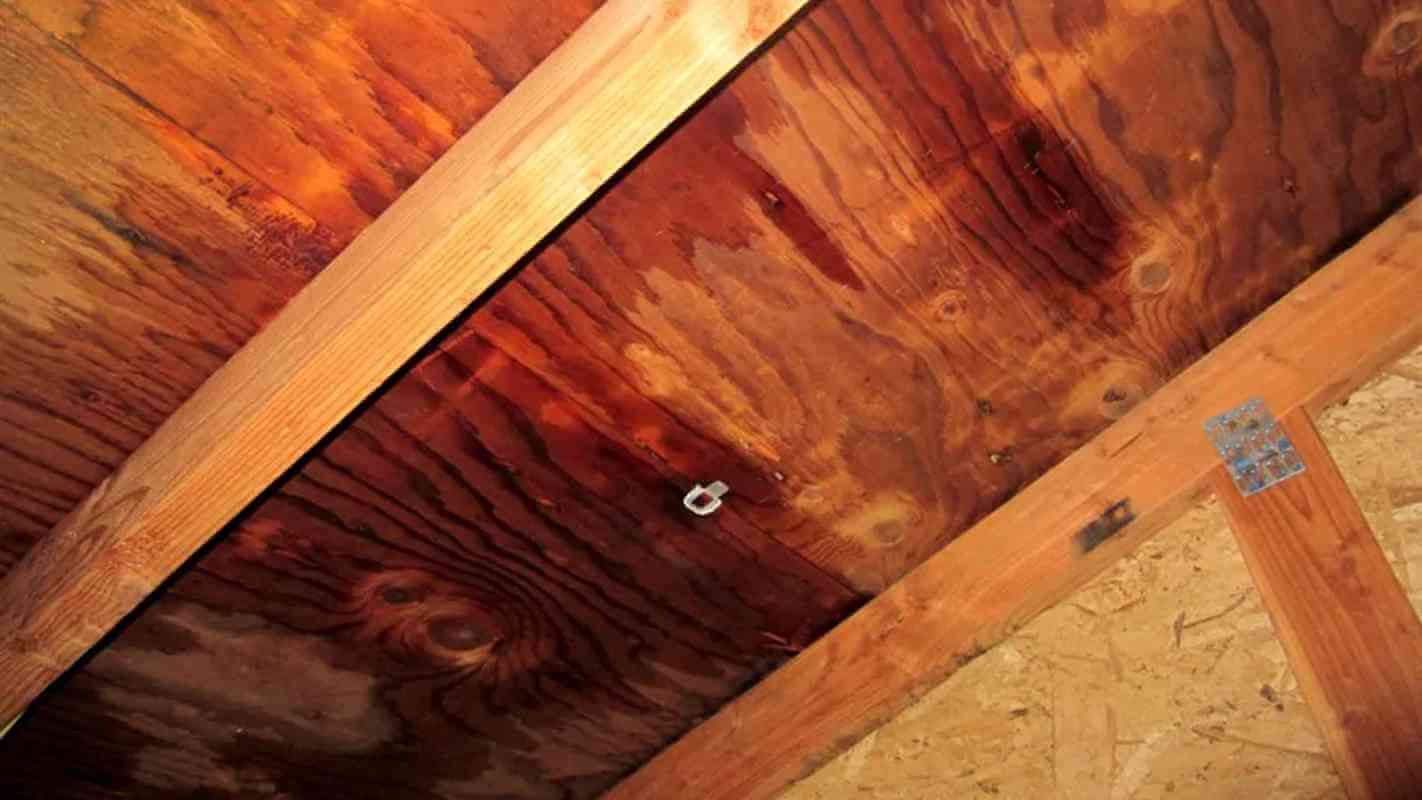Leaks in the roof of your house can happen because of wear and tear on the surface of the shingles over time. Different weather patterns and damage caused by falling branches or other objects can also contribute to the formation of leaks. The leakage can cause many issues in your home if not taken care of immediately.
The problems it can cause include mold, mildew, and wood rot. When you repair your roof as soon as possible, it will save you from damage from a leakage that may cost more over time. These are some top signs that your roof might be leaking:
#1: Missing Shingles
If there are missing shingles, this could signify that the house is leaking. The missing shingle may result from a worn-out sealant strip, or when the shingles become old, they become brittle and break.
Other reasons could be because of damage caused by animals running on top and loosening the shingles. Once you see shingles missing, you must replace them to avoid leaks developing.
#2: Ceiling Stains And Spots
A dark spot on the ceiling is a sign of a watermark resulting from the leakage. The mark on the ceiling will not indicate exactly where the leak is coming from because water does not flow in a straight line. A mark that increases in size or becomes darker then it means that there is an active leak.
A mark or spot that appears after rain is also a sign that this is a leak and not just condensation from pipes or windows. It is important to get a roofing professional to check the whole covering and determine the exact spot the leak is coming from.
#3: Water Marks On Exterior Walls
Water spots in walls outside the house could signal a leak coming from damaged step flashing, which connects the wall and the roof. If there is excess fungi, moss, or mold, it could also indicate leaks.
These could indicate a leak, especially if the walls affected by mold or moss are in a sunny area because mold and moss grow in wet conditions. A professional roofer will replace the damaged step flashing or reinstall it correctly.
#4: Damaged Shingles
Cracked shingles are a sign that leaks could occur. Shingles that do not have granules indicate that you will need to replace them as they are aged and damaged. Cupped shingles are another indication of a leak. Cupping occurs when the attic is not ventilated well, which leads to moisture getting trapped between the roofing panels and the insulation.
This trapped moisture over time causes the shingles to curve, which causes exposed areas to lead to leaks. To resolve this, a professional roofer may replace older shingles with newer ones.
#5: Darkening In Some Areas
If there are darkening spots on some parts, algae grow in those areas. The solution for this is to have zinc strips on the edges or replace the affected shingles with algae-resistant ones.
